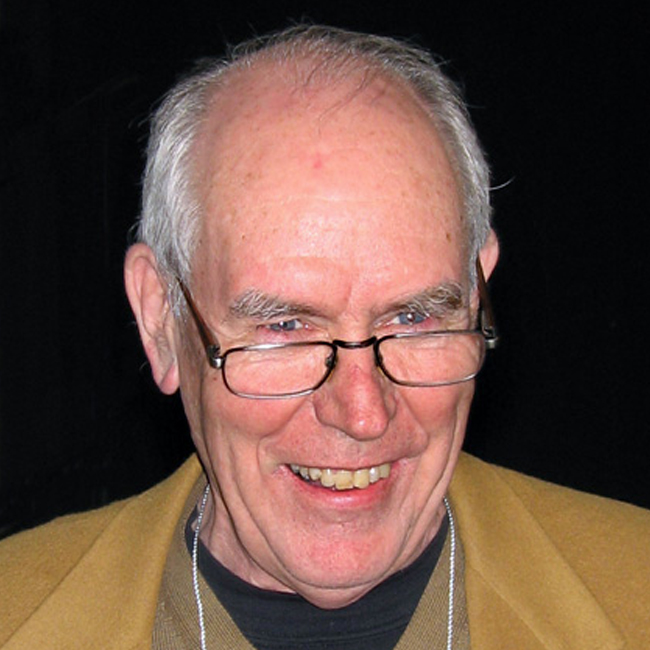SIGGRAPH 1983 Steven Anson Coons Award: Sutherland
Awardee(s):
Award:
-
Steven Anson Coons Award
Description:
The 1983 Steven Anson Coons Award is presented to Ivan Sutherland.
Dr. Ivan E. Sutherland became active in Computer Graphics over 20 years ago. He obtained his BSEE from Carnegie Mellon University (then Carnegie Tech) in 1959 and a MSEE a year later from the California Institute of Technology. At the Massachusetts Institute of Technology he studied under Claude Shannon and Steve Coons and completed his Ph.D. in 1963.
From 1964 to 1966, Dr. Sutherland served as Director of Information Processing Techniques for the Advanced Research Projects Agency (ARPA) of the Department of Defense. Following this, he was appointed Associate Professor at Harvard University. In 1968, he moved to Utah to found, with David Evans, the Evans and Sutherland Computer Corporation. Until 1973, he also taught part-time at the University of Utah. From 1974 to 1980 Dr. Sutherland worked at The RAND Corporation and served as Chairman of the Computer Science Department at the California Institute of Technology. He is currently Vice-president and Technical Director of Sutherland, Sproull, and Associates, which he and Robert Sproull founded in 1980, and Visiting Scientist at Carnegie Mellon University.
Dr. Sutherland is a Member of the Defense Science Board for the US Department of Defense, a Member of the National Academy of Engineering and the National Academy of Sciences and serves on the Boards of Directors of several corporations. He is also a partner in a venture capital investment group called Advanced Technology Ventures.
At this time Dr. Sutherland is the holder of five patents and has authored or cerauthored over 45 publications. Of these, perhaps the most significant was his paper for Computing Surveys (March, 1974), co-authored with Robert Schumaker and Robert Sproull, “A Characterization of Ten Hidden Surface Algorithms”.
In 1972, Dr. Sutherland was named the first recipient of the Zworykin Award presented to an outstanding young engineer by the National Academy of Engineering. Three years later, he received the Systems, Man, Cybernetics Society Award for Outstanding Accomplishment.
Sutherland’s Ph.D. thesis, Sketchpad, was a truly seminal paper for computer graphics. It defined the first system to provide a quick, smooth interface for user interaction which allowed the user to see the results of his constructions and to test them on-line. In addition this system was the first to approach graphical problem solving through the use of a set of constraints, a technique that is still being developed, extended and applied to computer-aided design today, especially in VLSI design. More important, Sketchpad defined the Grail of computer graphics, providing a vision that sustained the field of computer graphics for over a decade while techniques and hardware matured.
At Harvard University, Dr. Sutherland started the first laboratory for computer graphics, concentrating on the display of three-dimensional objects, with particular effort being placed on the implementation of real-time clipping and perspective algorithms. While at Harvard, he also worked on the thorny issue of interaction, developing a head mounted three-dimensional display to study the requirements of user feedback.
As a co-founder of Evans and Sutherland, Dr. Sutherland was instrumental in the development of the LDS-1, a significant advance in display technology providing the first real-time display that incorporated clipping and perspective transformations and allowed for real-time simulation and modelling of moving objects within a defined environment.
At the University of Utah, Dr. Sutherland was a key player under David Evan’s leadership in the research and development of real-time display of real images.
His greatest contribution to computer graphics has been his students. In the tradition of Steven Coons, he attracted a large number of talented individuals and encouraged and directed their efforts in the development of computer graphics technology. The techniques and capabilities resulting from the work of Sutherland and his students permeate current computer graphics technology and are being actively used in virtually all applications ranging from computer-aided design to motion pictures.
Dr. Sutherland presently divides his time between activities in his venture capital business and research in robotics where he is working with legged machines that walk.
Source:
- https://www.siggraph.org/1983-steven-anson-coons-award-ivan-e-sutherland/





